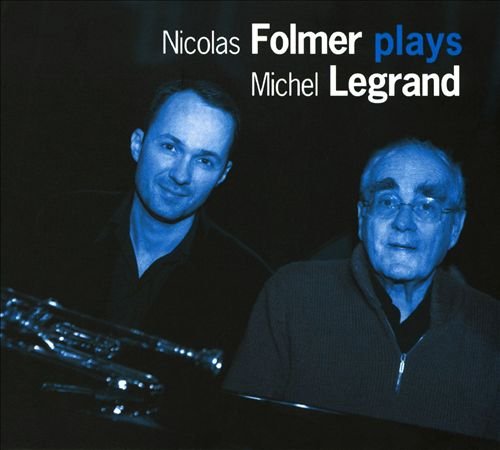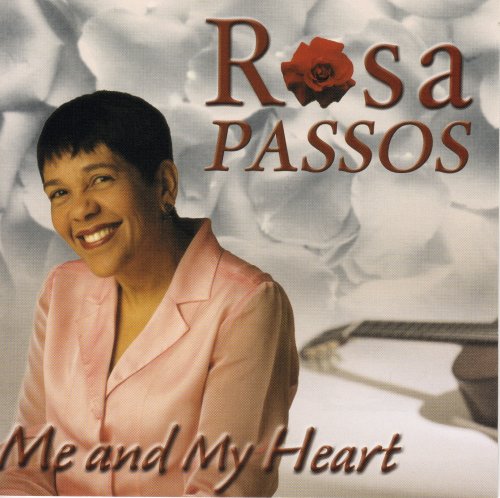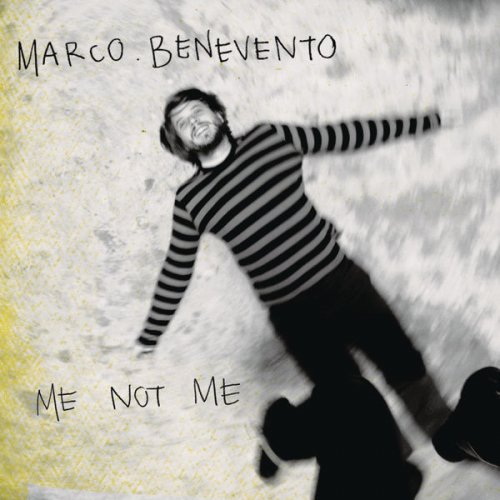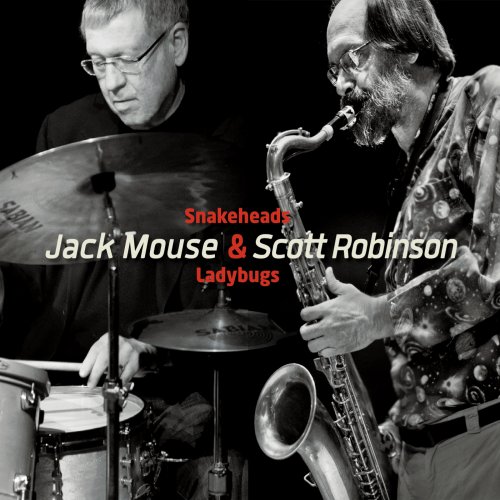Giovanni Battista Pergolesi, Francesco Durante, Leonardo Leo - The Neapolitans (2001)
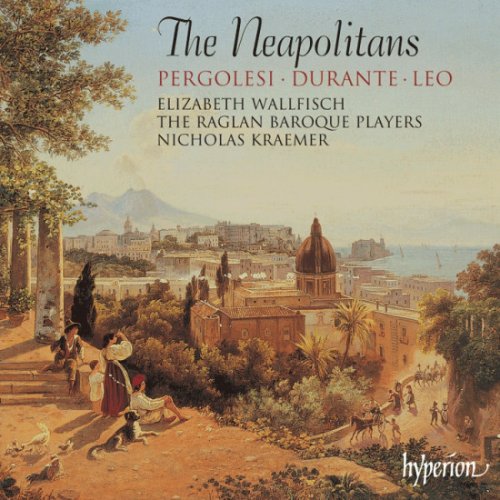
Artist: Giovanni Battista Pergolesi, Francesco Durante, Leonardo Leo
Title: The Neapolitans
Year Of Release: 2001
Label: Hyperion
Genre: Classical
Quality: FLAC (image+.cue,log,scans)
Total Time: 58:43
Total Size: 361 Mb
WebSite: Album Preview
Tracklist: Title: The Neapolitans
Year Of Release: 2001
Label: Hyperion
Genre: Classical
Quality: FLAC (image+.cue,log,scans)
Total Time: 58:43
Total Size: 361 Mb
WebSite: Album Preview
Pergolesi, Giovanni Battista
Concerto B-Dur for violin and strings
1. Allegro 4:35
2. Largo 3:22
3. Allegro 3:49
Durante, Francesco
Concerto N. 2 g-moll
4. Affettuoso – Presto 4:30
5. Largo affettuoso 3:37
6. Allegro affettuoso 2:31
Pergolesi, Giovanni Battista
7. Sonata A-Dur 2:03
Leo, Leonardo
Concerto D-Dur for 4 violins and strings
8. Maestoso 2:43
9. Fuga 2:19
10. Larghetto 3:08
11. Allegro 3:01
Durante, Francesco
Concerto N. 8 A-Dur “La Pazzia”
12. Allegro – Affettuoso 6:15
13. Affettuoso 1:17
14. Allegro 1:51
Pergolesi, Giovanni Battista
Sinfonia F-Dur
15. Maestoso sostenuto 2:04
16. Andante grazioso 3:02
17. Allegro 1:33
Durante, Francesco
Concerto N. 5 for string orchestra A-Dur
18. Presto 2:26
19. Largo 2:16
20. Allegro 1:18
Performers:
Elizabeth Wallfisch - violin
The Raglan Baroque Players
Nicholas Kraemer - director
Simply put, if you enjoy 18th-century violin music, you'll find an hour of pure pleasure listening to this expertly played program of unusual, rarely heard concertos by mostly lesser-known Neapolitan composers (Pergolesi excepted!). Elizabeth Wallfisch and her colleagues deliver performances that can only be described as ideal--sensibly paced, articulate, and to the point. They just play the music, albeit with sincere attention to its innate rhythmic energy and assertive melodic character. There's a stylistic similarity to these pieces, but the spotlight moves from the vocally-inspired solo lines of Pergolesi's Concerto in B-flat and the A major sonata to the rich-textured orchestral dialog of Leonardo Leo's D major concerto for four violins. This latter piece is a fine example of both string writing and formal baroque style. Francesco Durante's Concerto No. 5 for string orchestra is a fiercely agitated, vivacious six-minute work that's both unadventurous and fundamentally exciting. Considering the abundance of recordings that feature works by the best-known 18th-century masters, this release is a welcome alternative, one that clearly accentuates the virtues of music that's often passed over or relegated to second-tier status. The sound couldn't be better--we hear soloist and ensemble in a natural setting that allows desirable space and intimate detail. -- David Vernier
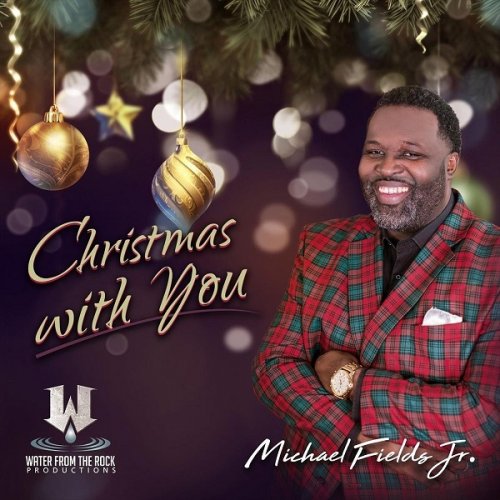
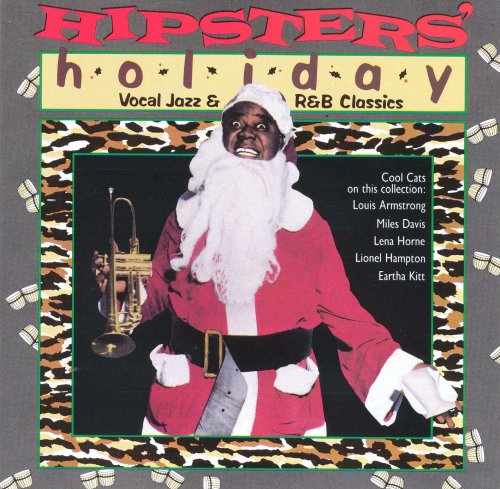
![Lionel Hampton - Apollo Hall Concert 1954 (Remastered) (2023) [Hi-Res] Lionel Hampton - Apollo Hall Concert 1954 (Remastered) (2023) [Hi-Res]](https://www.dibpic.com/uploads/posts/2025-12/1766995341_lhac500.jpg)
![Nighthawks - Paris Dakar (2025) [Hi-Res] Nighthawks - Paris Dakar (2025) [Hi-Res]](https://www.dibpic.com/uploads/posts/2025-12/1767093398_folder.jpg)
